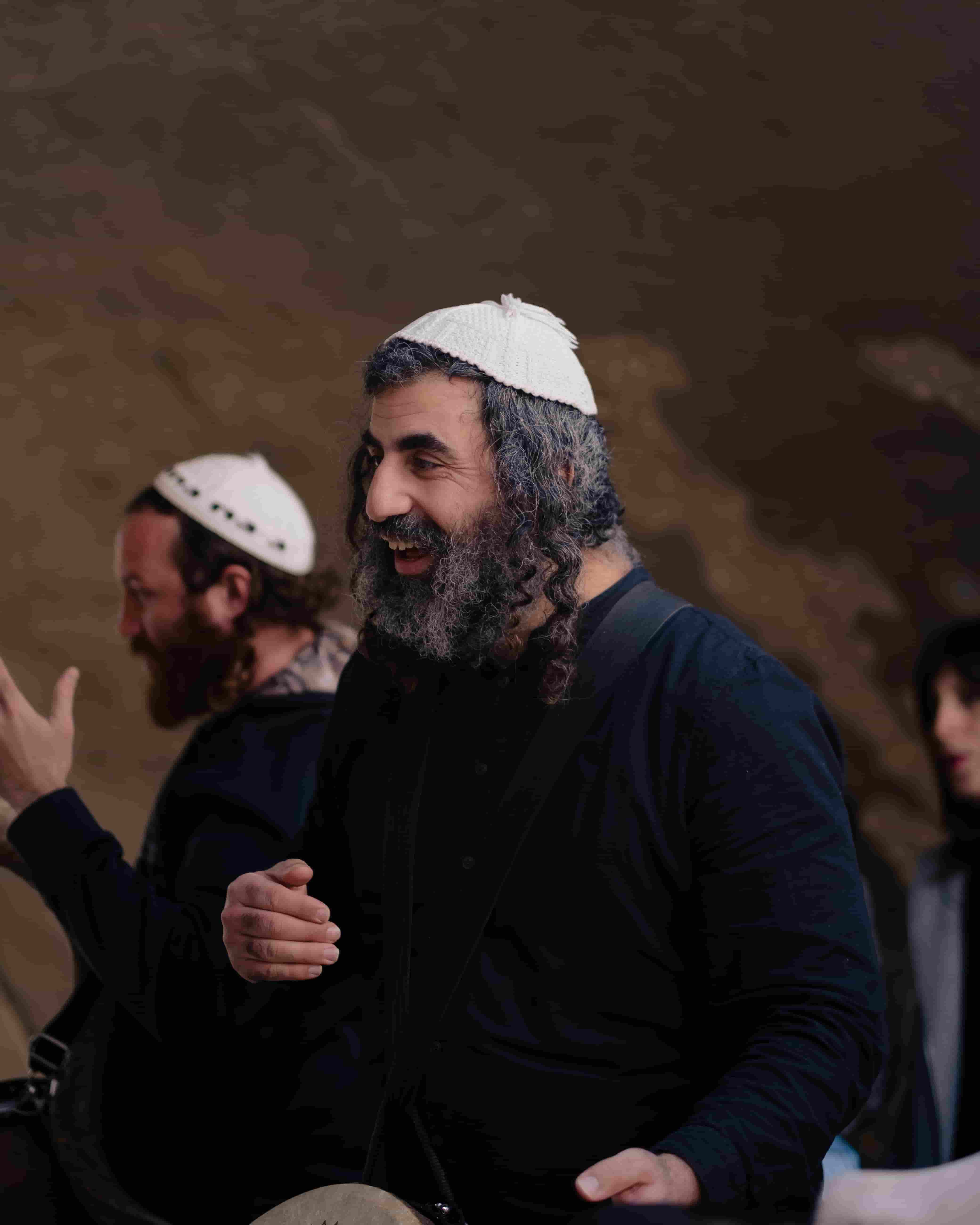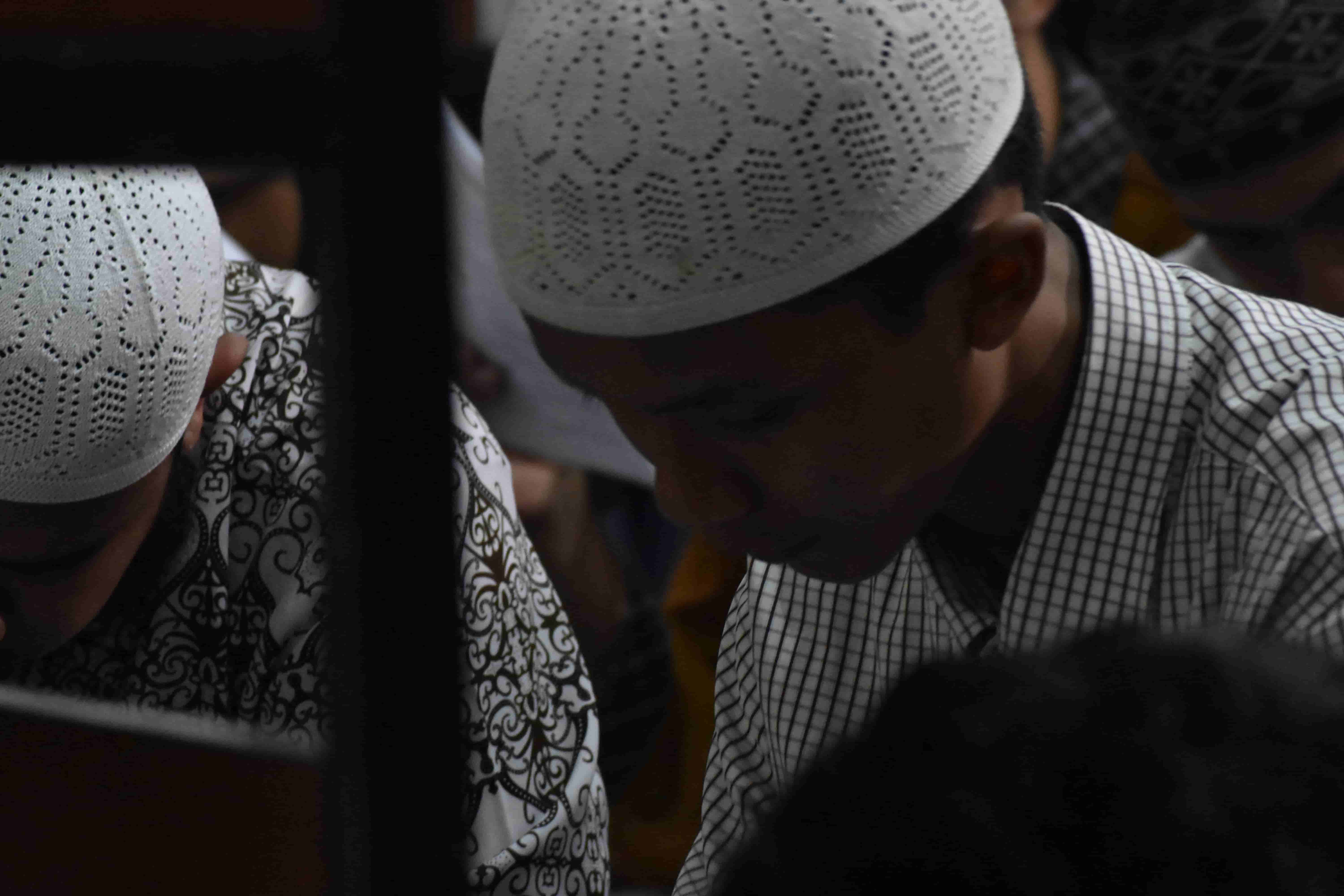Published
- 4 min read
The Most Popular 10 Traditional Items In Middle East | Fabrics Pedia
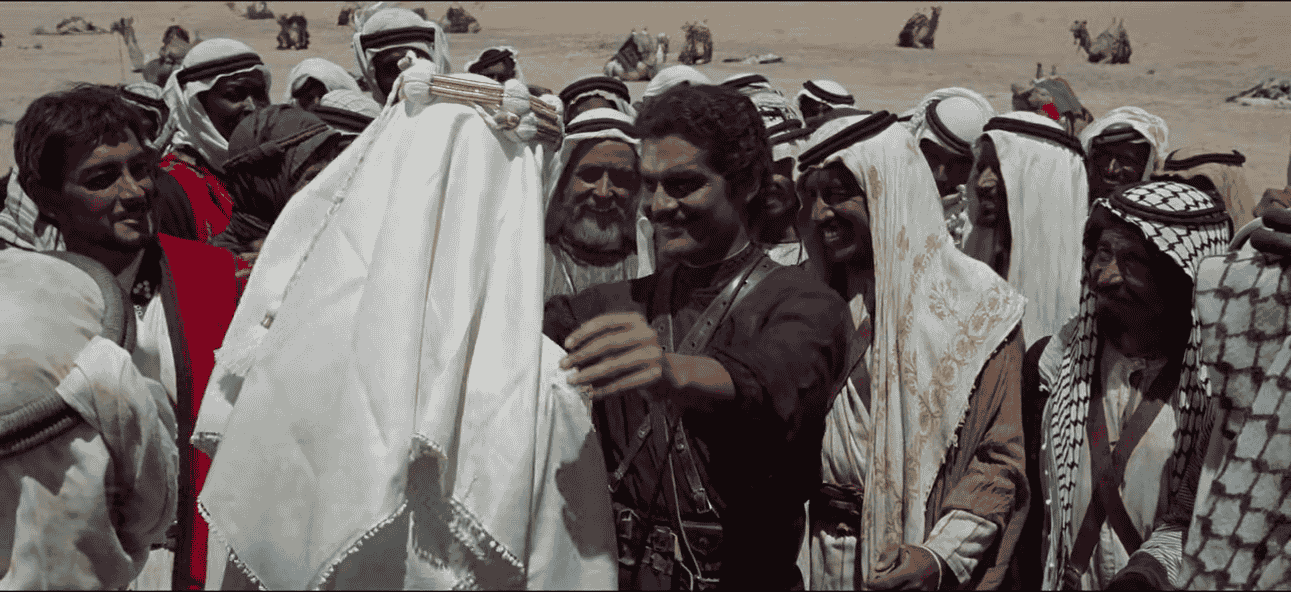
The Middle East, that is, this geography covered with deserts and mountains, starting from Afghanistan to Morocco and from Turkiye to Yemen in the north, has hosted many civilizations. Ancient Egyptians, Persians, Sumerians, Hittites, Romans, Mongols, Medes and many more…. Each civilization brought a new idea and design idea to the culture here. You can still see traces of the old civilization in the items, clothes and jewelry that people use today. More than 10 religions are believed in this geography. Every religion has its own culture, every nation has its own fashion. We researched the most well-known designs of this rich geography for you. You may have seen these items in the Hollywood Middle East movie. Some are compulsory to wear, some are forbidden, some are seen as terrorists, some are seen as brave revolutionaries.
- Pushi
- Caftan - Takshita
- Shalwar
- Kilim
- Abaya - Farace
- Burqa
- Agal
- Thawb - Suriyah
- Headscarves - Hijab
- Taqqa - Kippah
Pushi - Puşi
Perhaps it is a design adopted by every Middle Eastern people.
This pushi, used especially by Arabs and Kurds, became the symbol
of the struggle for freedom. In some countries, those who wear
it are seen as a potential threat, in some countries they are
viewed as revolutionaries. Just like Che’s Black Beret.
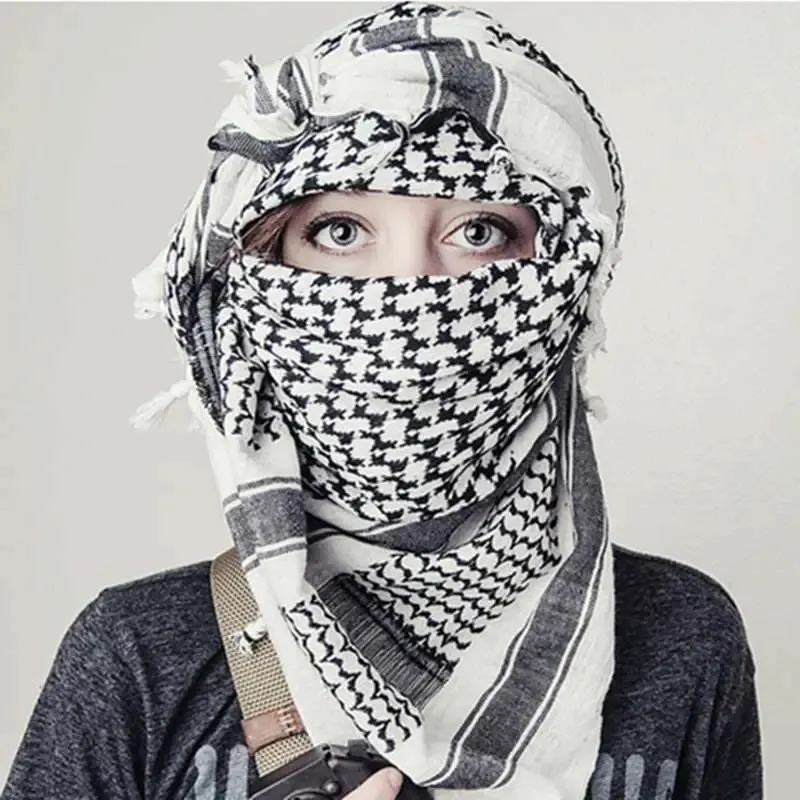
Caftan - Takshita
This outfit, especially worn by Kurdish girls at weddings,
is long and consists of various colors. This outfit,
with gold attached to it, is also widely worn in Morocco
called Takshita
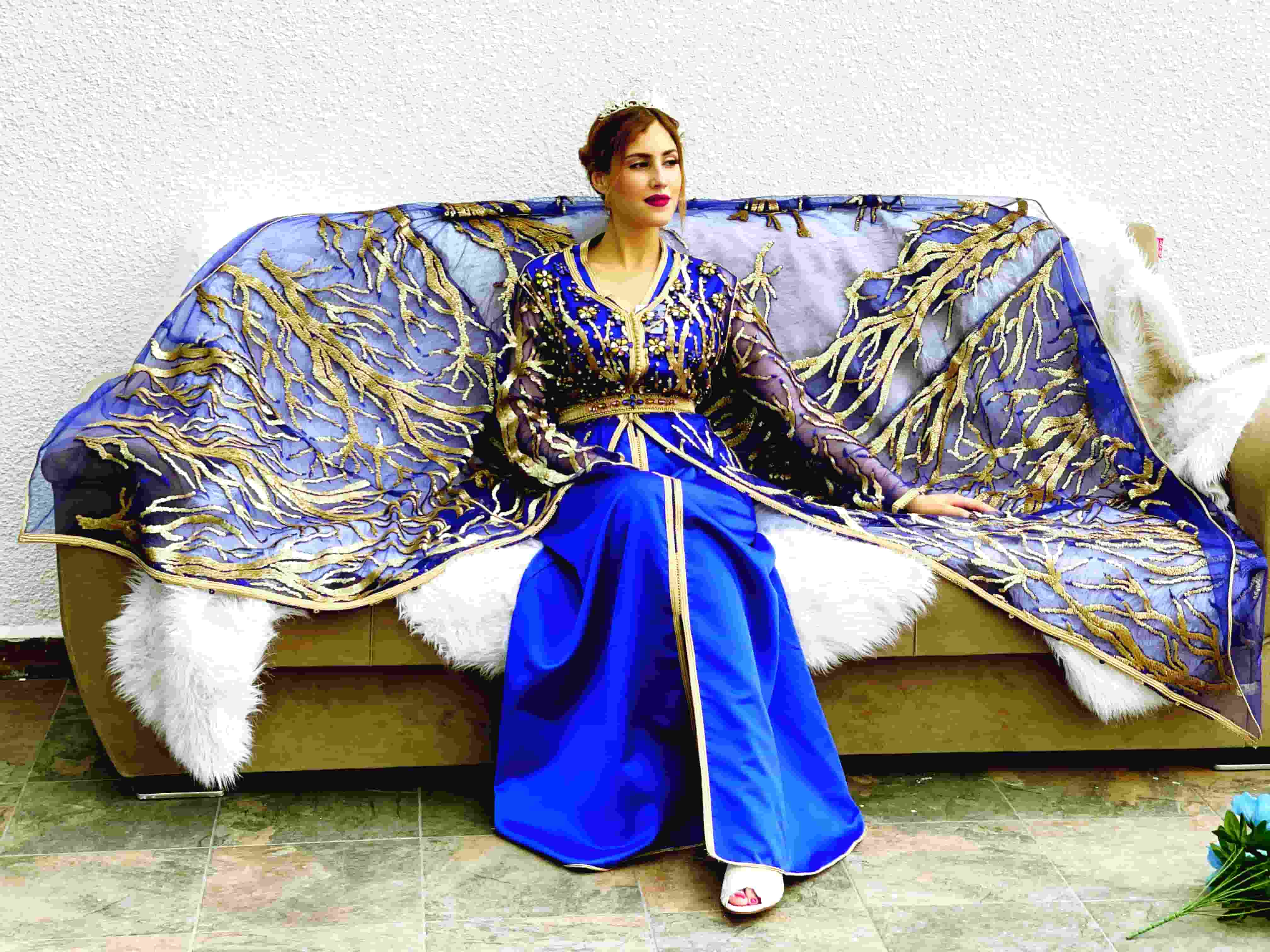
Shalwar - Şalvar
This loose, trouser-like garment worn by men living
in Middle Eastern villages is usually black in color.
It is preferred by the public because it is comfortable.
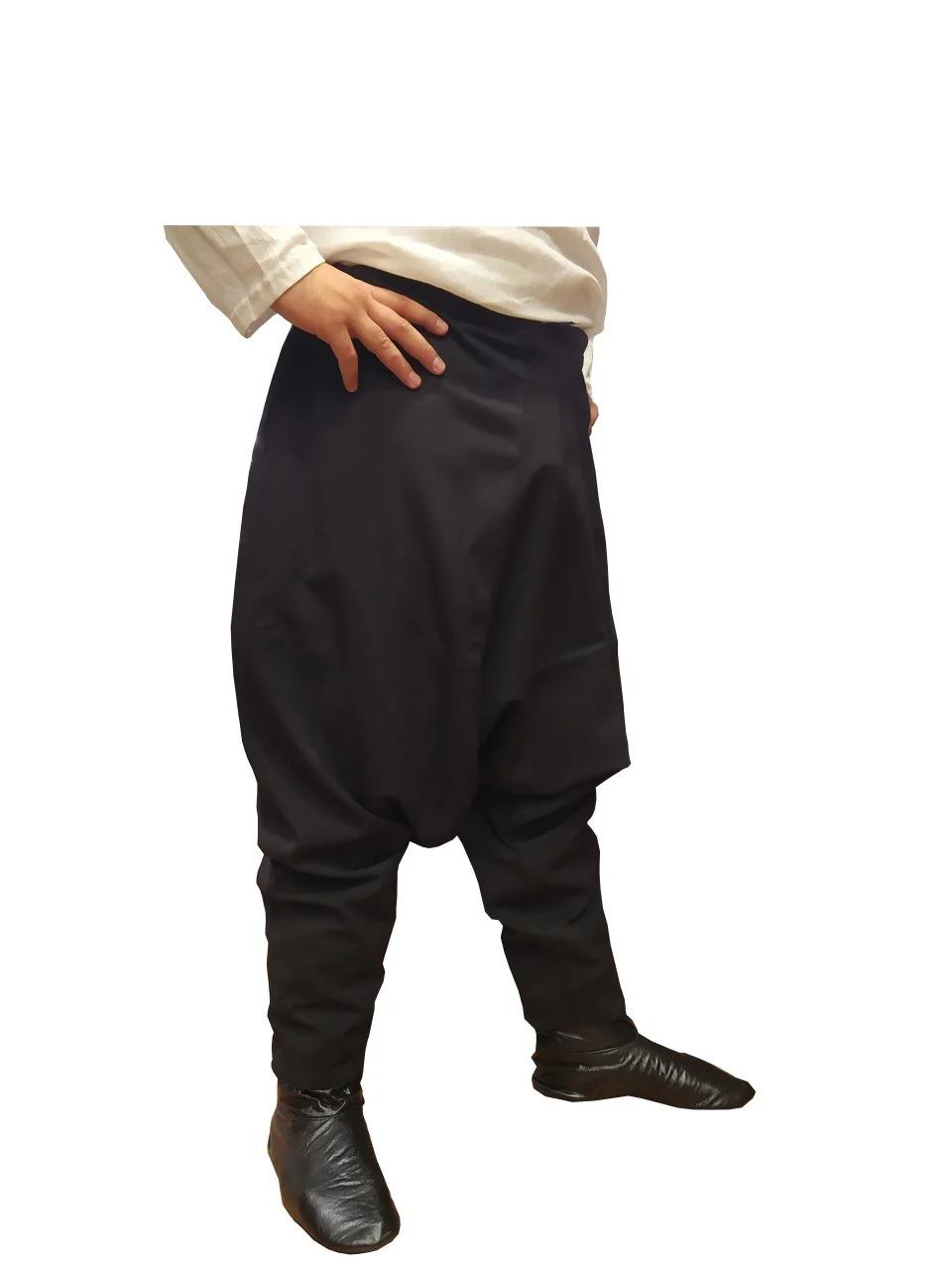
Kilim
It is a type of rug that is placed on the floor
or hung on the wall in old houses. It is usually
handmade. It is now popularly sold on e-commerce sites.
It gives liveliness to houses. It is colorful.
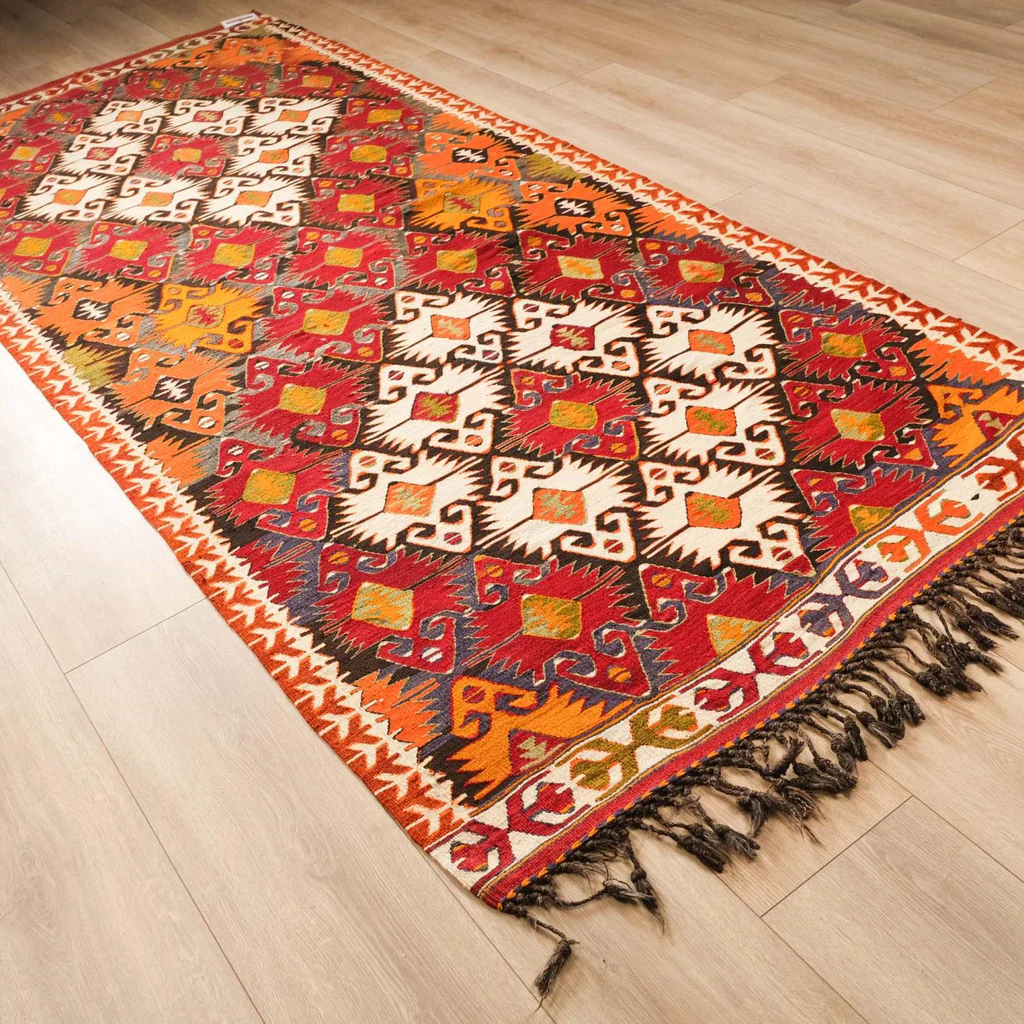
Abaya - Farace
Abaya - Farace is a garment preferred by conservative women.
Designed as a single piece, these models are loose-fitting
and fall from the shoulders to the ankles. There are many
women who prefer this garment, which covers the entire body,
excluding the face and hands. It is a traditional dress widely
worn especially in the Middle East and Gulf countries. The difference
between abayas and abayas is their style of clothing. Abayas are usually
a long, black dress, complete with a type of veil draped over the head.
After the abaya was banned in public schools in France, dozens of students
who refused to change their clothes were sent home.
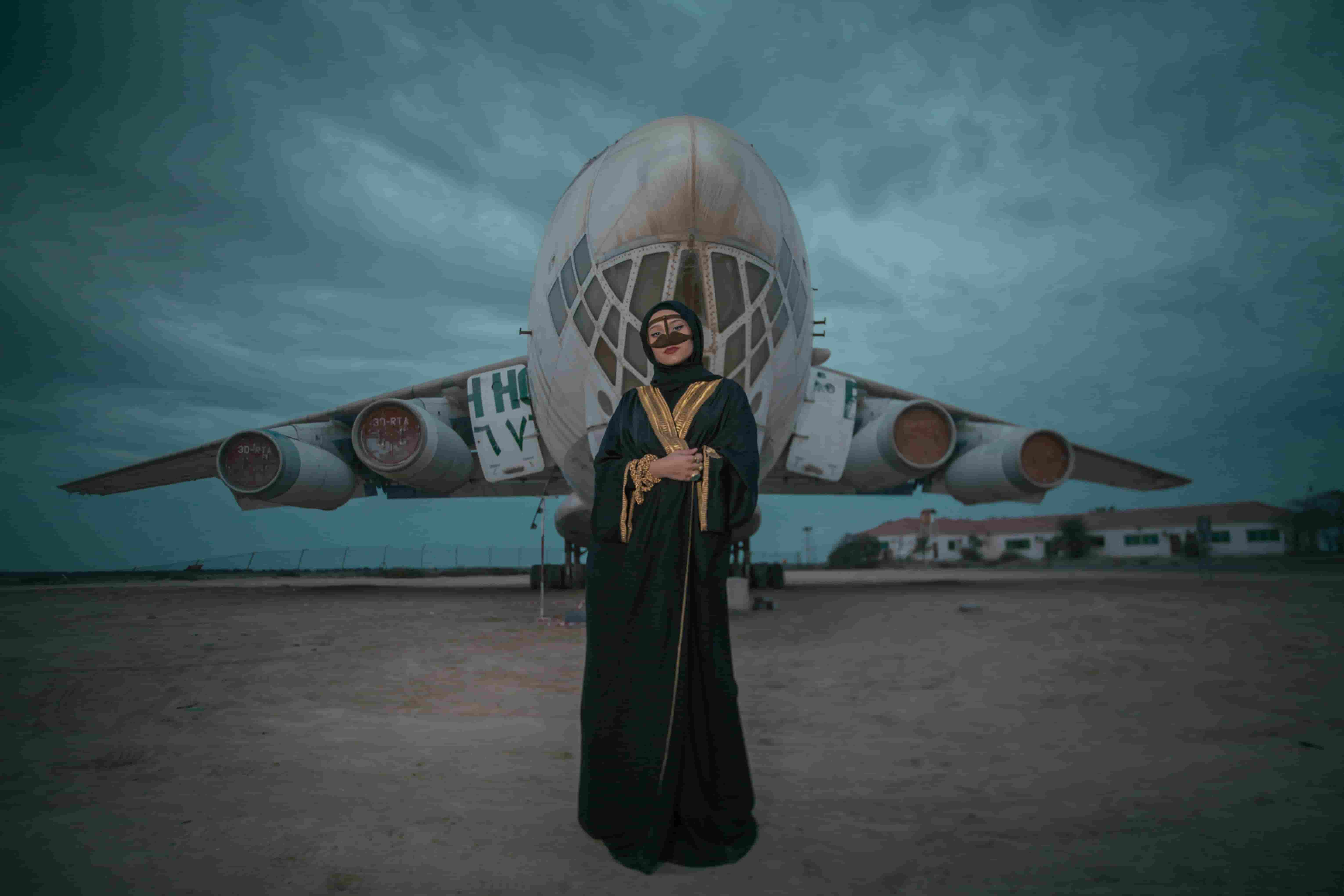
Burqa
Burqa is a sheet that is closed from all sides and has
a lattice on the face so that the wearer can see the front.
It became mandatory to wear it in Afghanistan during the
Taliban rule. Although it was released with the new administration,
there was no major change in the population. In 2011,
France began covering the face completely, such as the burqa and the veil.

Agal - Lligadura
Agal is a traditional Arab men’s clothing accessory
that serves the purpose of securing a ghutrah on the wearer’s head.
This black cord, typically worn doubled, is made from goat hair
and ensures the ghutrah remains in place.
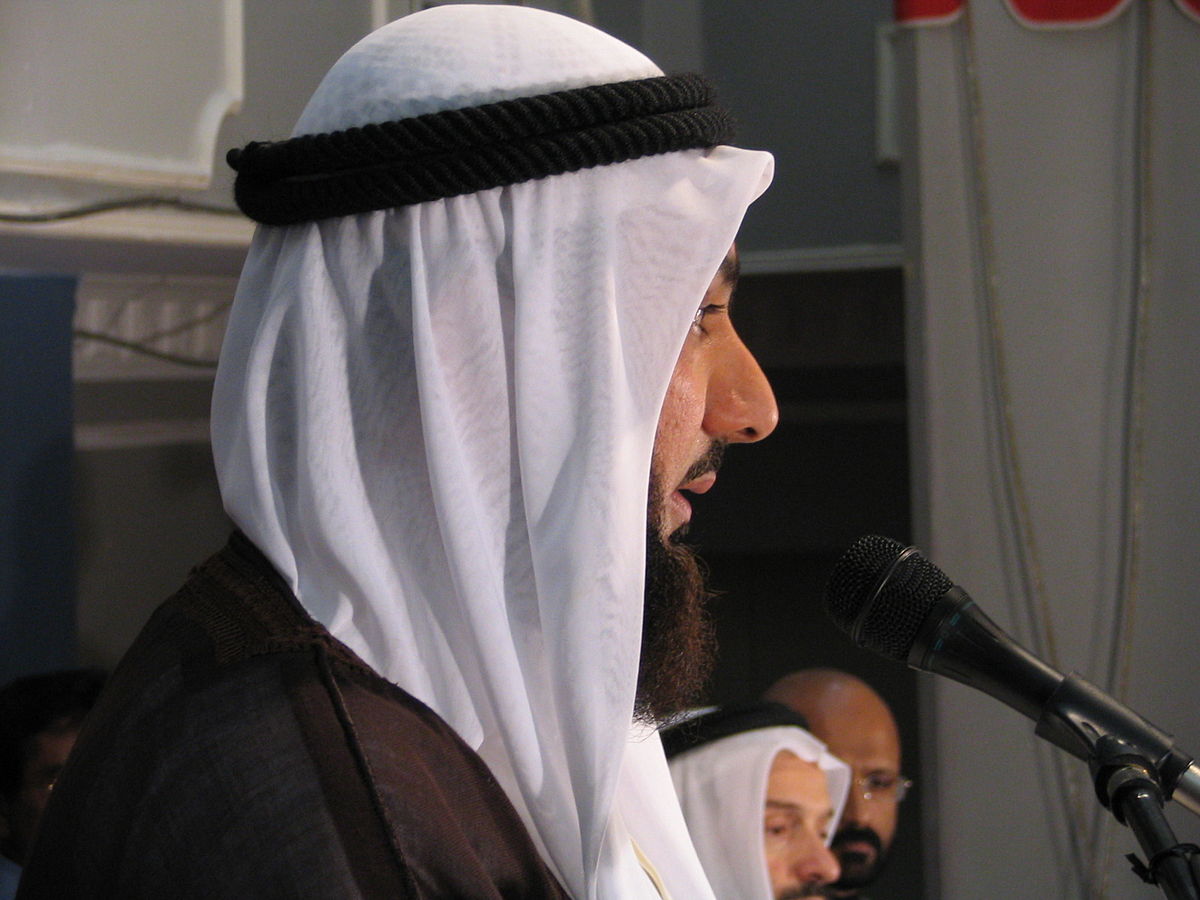
Thawb - Jubba - Thobe - Dishdāshah - Kandura - Suriyah
It has many names. This dress, which is generally worn in the Arabian continent,
is mostly white. It is seen that many Arab leaders also participated.
Some Kurdish communities have also adopted this dress.
It is perfect for a cool stay in the hot Middle East region
as it reflects sunlight and is abundant and wide.

Headscarves - Hijabs - Turban
The headscarf controversy in Turkey was a 20th and early
21st century controversy about women wearing Islamic headscarves.
A headscarf is a scarf covering most or all of the top of a person’s,
usually women’s, hair and head, leaving the face uncovered.This also knows as new Muslim Women Fashion.
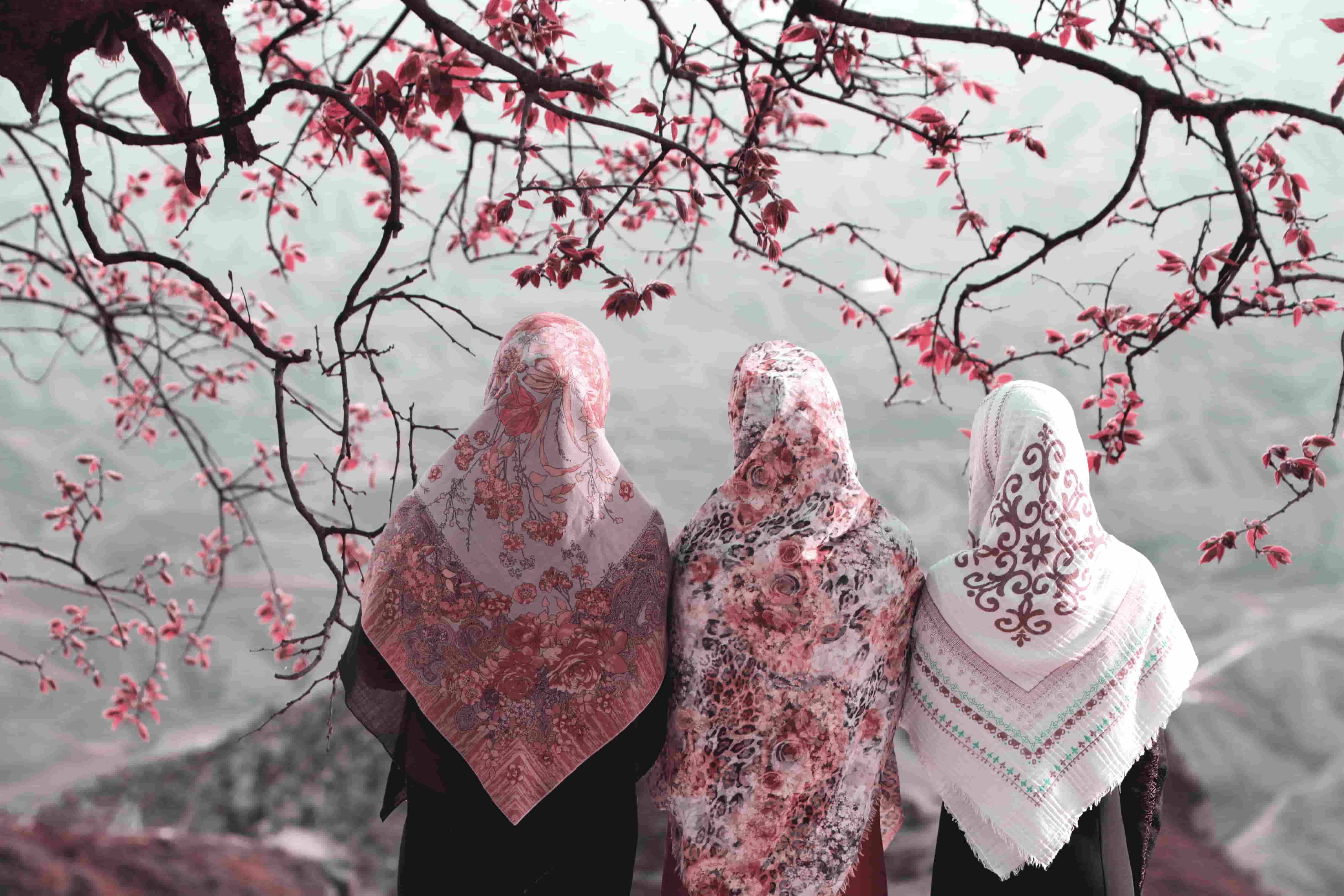
Muslim skullcap(Taqqe) - Jewish Kippah
It is usually worn by devout Muslims and Jewish men.
The majority of Muslims prefer white. It is with embroidered lace.
When used by Jews, there is usually a star of David.
There are also larger shapes called Kufi.
